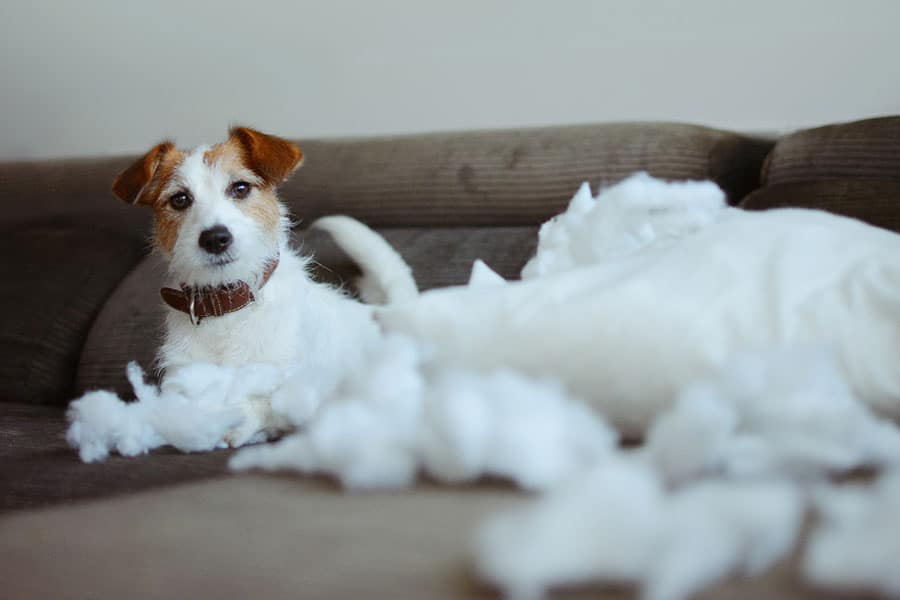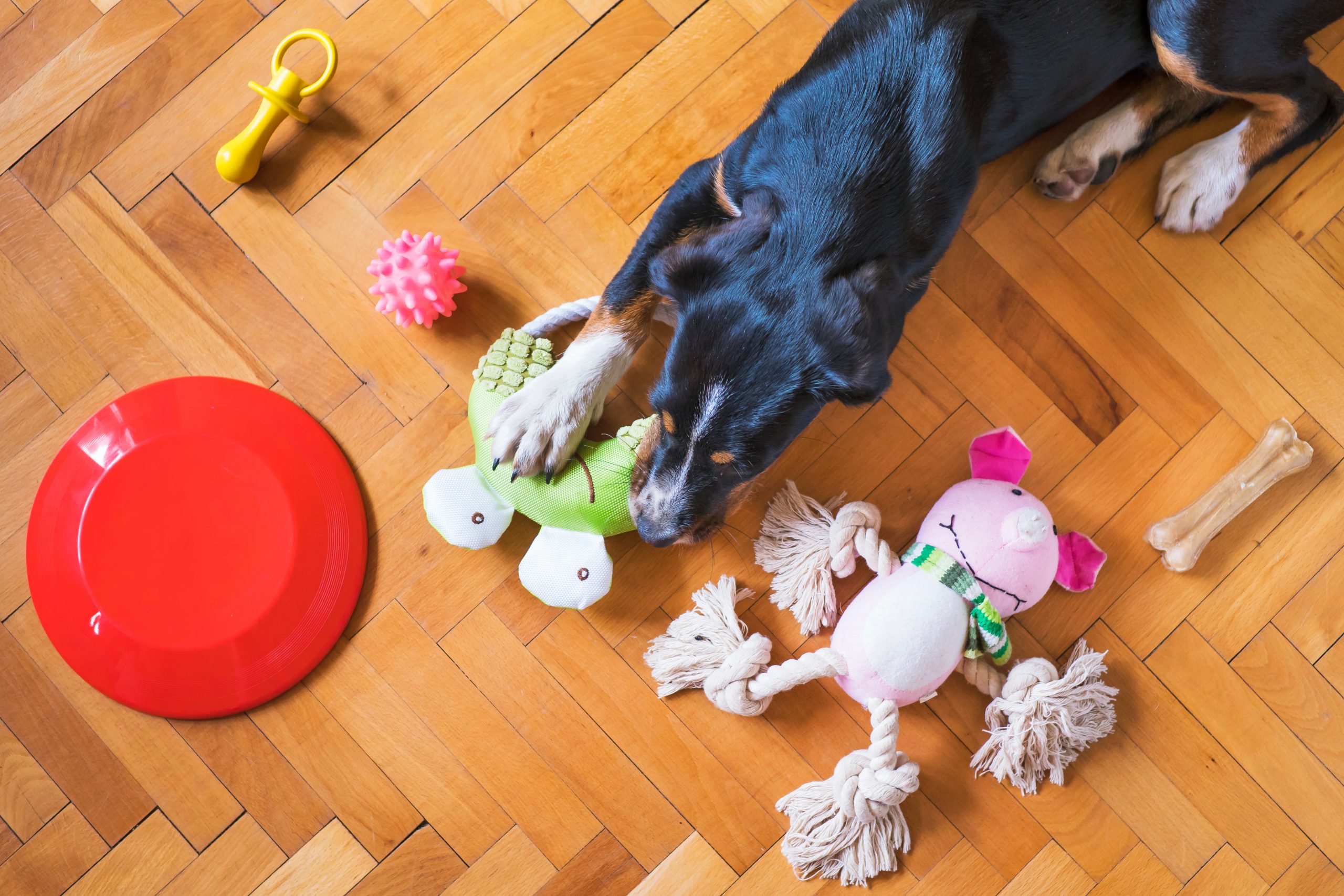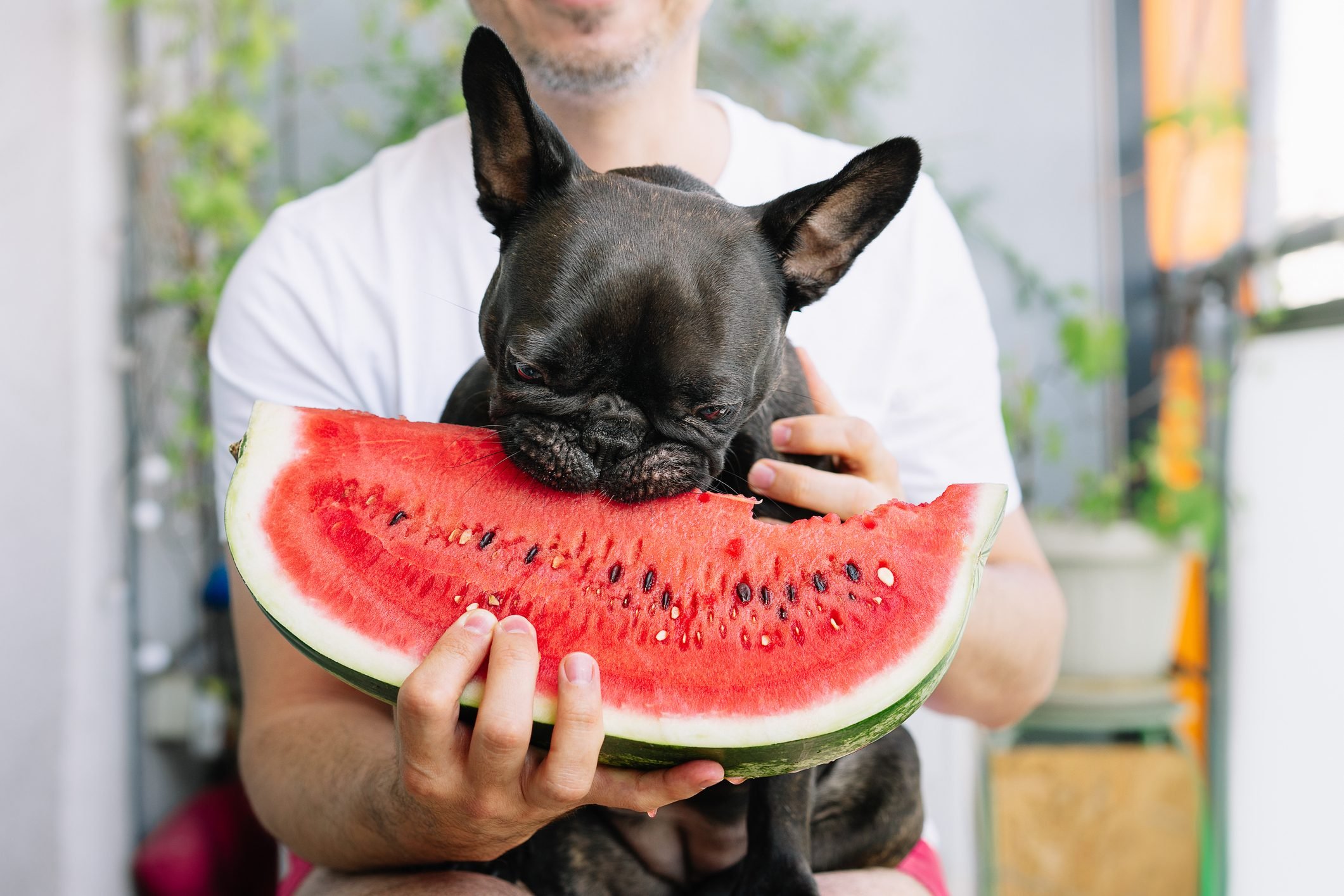Head To Head: Yak Chew Vs. Bully Stick
Get ready for the ultimate showdown! In one corner, we have the Himalayan dog chew, also known as the yak chew. In the other corner,
“My dog has anxiety. What can I do?”
The one question we get asked more than any other is “What causes dog separation anxiety?” And while there are many answers to this complex and tricky issue, it remains important for us know that some dogs may suffer from what seems like an inability being apart form their owners. In today’s post I will clear up the different types of anxieties in pets–their symptoms, how they differ from regular fears/anxiety disorders that humans experience on occasion (like stage fright), plus provide tips for creating a own calm space so you and your pet can better relax!
Separation anxiety is a medical condition characterized by the dog’s inability to cope without their person(s). Dogs are pack animals, so it makes sense that they prefer sticking together; however – despite this preference-a dog with separation anxiety will find itself unable to relax when left alone because of three key emotional conditions:
1. Fear (which manifests in both body and mind)
2. Anxiety stemming from anticipation of what could happen if you’re gone too long or become
separated again…
3. Phobia, which is just built upon excessive fear
Understanding the Problem
The first step to helping your dog overcome separation anxiety is to understand the problem. Remember, dog’s are pack animals by nature. This is why separation anxiety occurs when a dog is separated from their owner, and it can manifest in different ways. Some dogs may start barking uncontrollably, while others may try to escape from the house or destroy furniture. Separation anxiety is a real problem for dogs, and it can be tough to watch them suffer. But don’t worry, there are steps you can take to help your dog cope.


The Reality Behind Anxiety in Dogs
You might be surprised to know that dog’s can experience anxiety in a very similar way to the way we do. A dog’s anxiety can come through in many different manors and it’s always best to speak to your vet since they will know whether your dog is dealing with separation anxiety or one of the following:
Anxiety related misconceptions
Find and Use Strategies That Work
Separation anxiety is a real problem for dogs, but it doesn’t have to be permanent. With some patience and training, you can help your dog overcome separation anxiety and enjoy being alone again. Just remember to take things slowly at first and always end on a positive note
Get ready for the ultimate showdown! In one corner, we have the Himalayan dog chew, also known as the yak chew. In the other corner,


Are Dog Subscription Boxes With It In 2023? Who doesn’t love spoiling their furry friend with a fun monthly surprise? Dog subscription boxes have become

As pet owners, we’ll do just about anything to keep our furry friends happy and healthy. And if that means giving them a piece of


Who says you can’t share your food with your furry friend? Dogs are more than just pets – they’re members of our family, and we


Hey there, fellow dog lovers! We all know that our furry friends are more than just pets – they’re our beloved family members. And let’s
Subscribe to our Newsletter, get special offers and hear about awesome dog stuff.
© 2022, WoofCrate™ All Rights Reserved
Terms & Privacy.

